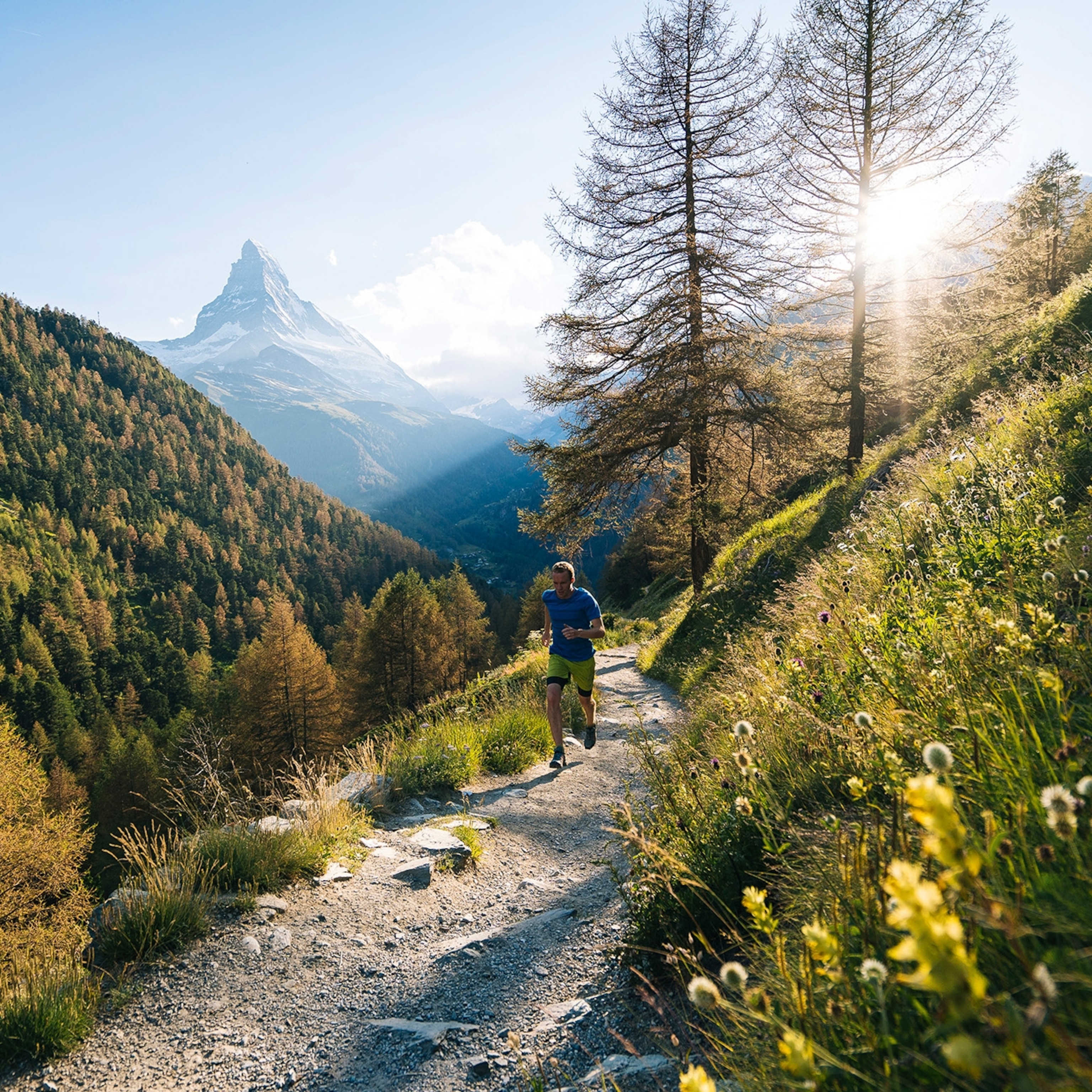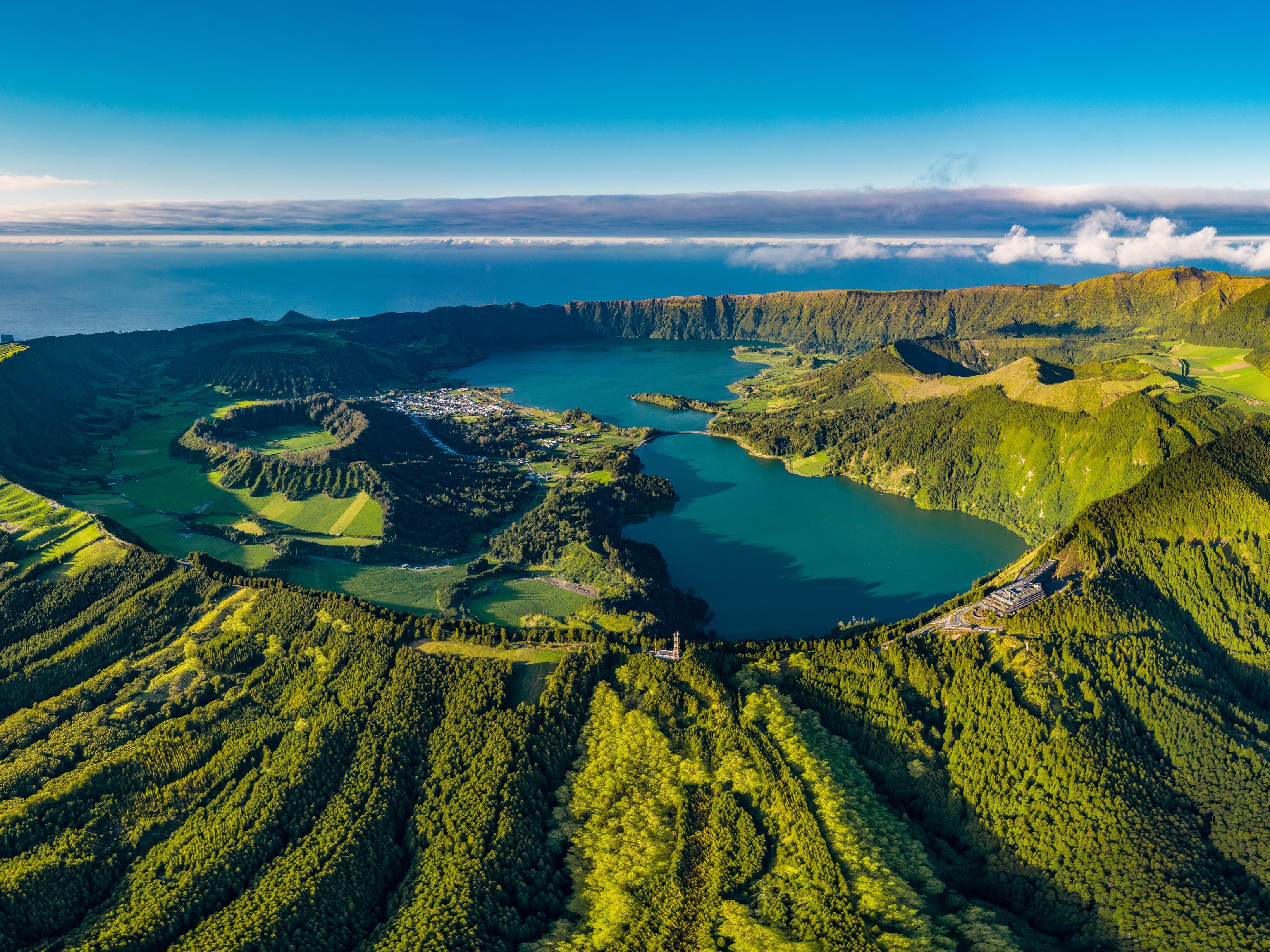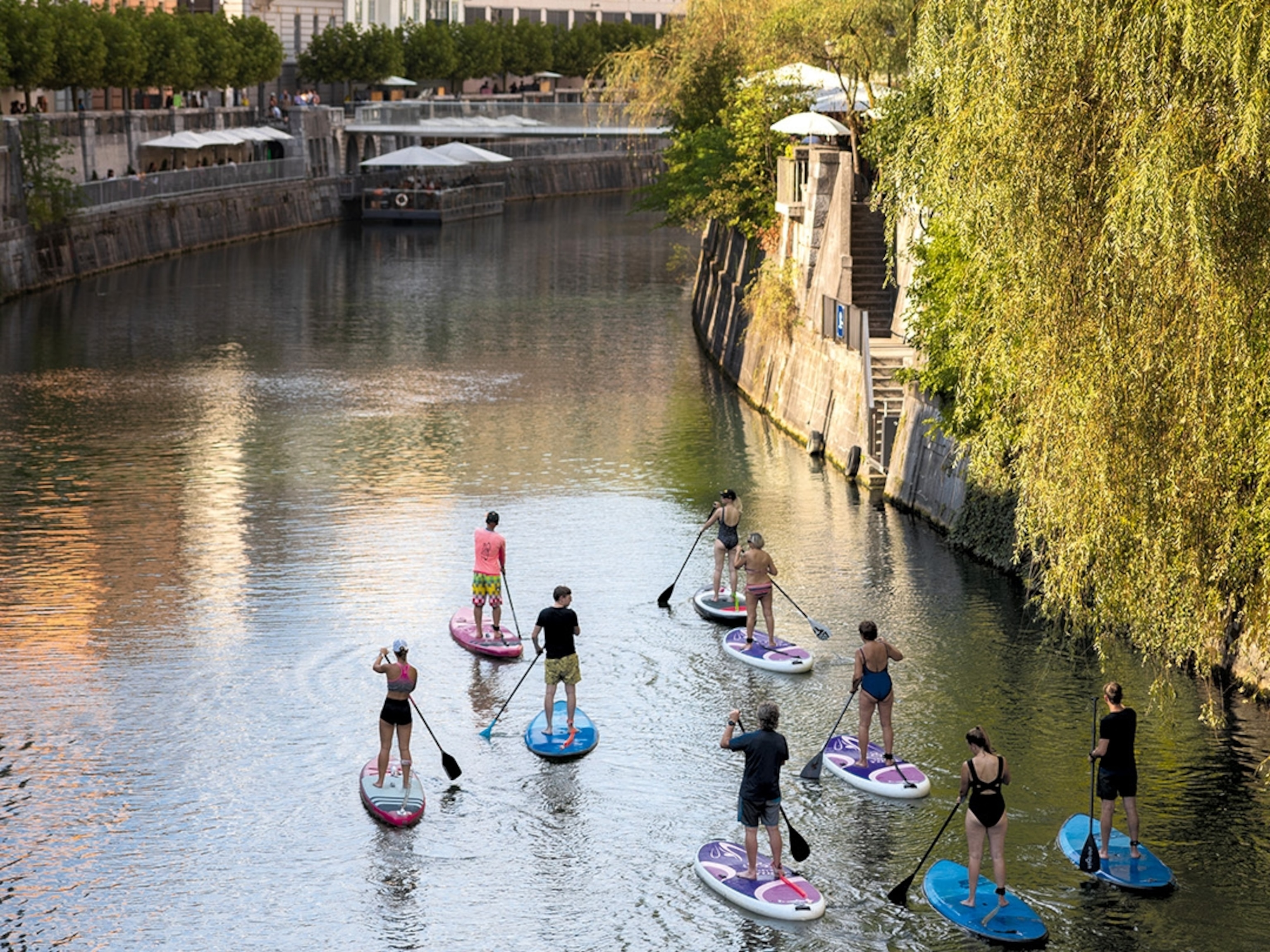
Meet the adventurers: ski mountaineers Ed Salisbury & Jon Moy on the Last Ride
The British adventurers are using ski mountaineering to highlight the impact of climate change on the highest peaks.
How did you each get started as adventurers?
Jon: I began skiing when I was eight years old and eventually went to film school. I started a production company shooting action sports and spent six years documenting the GB Freestyle Ski and Snowboard team.
Ed: I’ve been skiing since I was four or five. I eventually transitioned into freestyle skiing and went on to compete with the GB team, which is where I met Jon. Just before Sochi [2014 Winter Olympics, in Russia], I managed to break my collarbone in three places, which was the beginning of the end for my freestyle career.
Can you tell us about the Last Ride Project?
Ed: Our team of three — Jon, myself and Will Tucker — are aiming to become the first people to climb and ski the Seven Summits [a term that collectively describes the tallest mountains on each continent]. We started in September 2021 and so far have climbed Elbrus, Kilimanjaro and Denali. Tragically, we’ll most likely be the last people to ski all seven [hence the project name], as their glaciers are melting at an unprecedented rate. We’re using ski-mountaineering to tell the story of the climate crisis and look at positive solutions for helping in the fight.
We want to focus on each of the Seven Summits and explore what’s happening in the surrounding ecosystems, foothills and Indigenous communities. There’s a place for exposing the harsh truths of what’s happening, but it’s more about focusing on people who are doing things to make life better in their communities.
How did the project become about climate change?
Ed: It was initially going to be a two-man mission with Will, skiing the tallest mountain on each continent. However, while planning, we looked at images of Puncak Jaya in Indonesia from the 1990s into the 2010s. There was a surreal moment when we saw how quickly the mountain’s glaciers were receding. I spoke to a few climate scientists and glaciologists who base themselves out of Jakarta and often travelled to West Papua to measure the recession of the glacier. They were predicting that it was going to disappear by the end of 2023. At this moment, the whole project flipped.
What have you learned from people along the way?
Jon: At Mount Elbrus, in Russia, we were lucky to speak with Professor Olga Solomina, who won a Nobel Peace Prize for her work in glacial research. She talked to us about ice core drilling and tree core analysis. Just looking at the ice core data, you can see the beginning of the Industrial Revolution — it’s like a black line in the snow. It shows clearly that climate change is our fault.
Ed: Then, when we went to Kilimanjaro, we started looking into climate credits and offsetting. We met people from various replanting and rewilding projects, including Sarah Scott from The Kilimanjaro Project, who helped us to understand the difference between just planting trees and actually rewilding.
After Kilimanjaro, we went up to Denali, in Alaska, and spoke with a lady called Estelle Thomson — the only Indigenous member of Alaska Wildlife Alliance [a nonprofit organisation]. She told us how the vast majority of the 56 villages that make up her community in the North Slope of Alaska are having to relocate due to sea level rise, coastal erosion and permafrost melt.

Kilimanjaro is a mountain that's symbolic of the climate crisis — what were your experiences when climbing it?
Ed: Being there is a shock. This is a mountain that has experienced huge ice melt in recent decades. The name translates into 'White Mountain' in the local language, but you get to the top and it's 12C and covered in sand. It's like being on a beach, with these big ice cubes just plonked in the middle of it.
When you come up the Western Breach you've got these big monoliths of ice hanging off the side. They look like skeletons — the last dying remains. Sadly, I think it's a sign of what's to come and what we're going to experience in Europe and throughout the Alps.
For us, the real significance of mountaineering is understanding what parallels we can draw between the sport and the world outside of it. Seeing these glaciers and feeling that twinge of despair that they might not be there for my kids to experience — that hits me on a very personal level. It helps me to understand what it might feel like on a larger scale when you're talking about entire ways of lives, ecosystems and life being taken away.
How is the rest of the project shaping up?
Ed: We’re heading off to Indonesia in June to climb Puncak Jaya. Then we’ll travel to Aconcagua, in Argentina, and Mount Vinson, in Antarctica, in a double-header from November to January. When the project ends, in 2024, we’ll head out on the Nepalese leg to try to climb and ski Everest.
What steps are you taking to reduce the project’s impact?
Jon: That’s the elephant in the room. To reduce its carbon footprint we’re using a smaller production team and more local camera teams and fixers. This reduces air miles, equipment and luggage and adds to the local economy. We’re grouping expeditions so we travel less, for example Mount Vinson and Aconcagua. We’re also using local guides, green energy data storage platforms, eating a plant-based diet and only working with companies that can demonstrate they’re climate conscious or B Corp certified.
To help offset the project's carbon footprint, we're teaming up with the likes of Earthly, which offers nature-based solutions for carbon offsetting and has selected seven projects as close to the mountains as possible. The range of projects gives us the opportunity to show the audience the different types of offsets, exploring the positives and negatives and looking at how best to use each one. We're also working with Montane and the British Mountaineering Council (BMC) to help replant and establish peat bogs in the north of England.
Finally, with our storytelling, we want to explore how the audience can travel responsibly on their own expeditions, whether hiking, biking or skiing. I think that’s a key part of the project: we’re not telling people to lock themselves in a dark room and have zero caron footprint. That’s not possible, and the world would be worse off for it.
What do you think the future of mountaineering looks like?
Ed: It’s scary. Take the European climbing season as an example — it was incredibly dangerous. We saw an extremely hot summer in the Alps, with temperatures reaching 40C. It’s not a great recipe; the risk level escalates so much.
These environments are changing a lot more quickly than they did in the past, with erratic weather patterns and events. I think you’re adding a whole new element of risk for people who are getting into the sport and trying to push themselves.
It’s getting to a point now when we’re not talking about first ascents anymore — we’re talking about last ascents. I never thought that, in my lifetime, I’d be talking about the last person to climb something or the last person to ski down something. That’s when stuff gets really, really scary.
Instagram: @thelastrideproject
Sign up to our newsletter and follow us on social media:
Facebook | Instagram | Twitter







